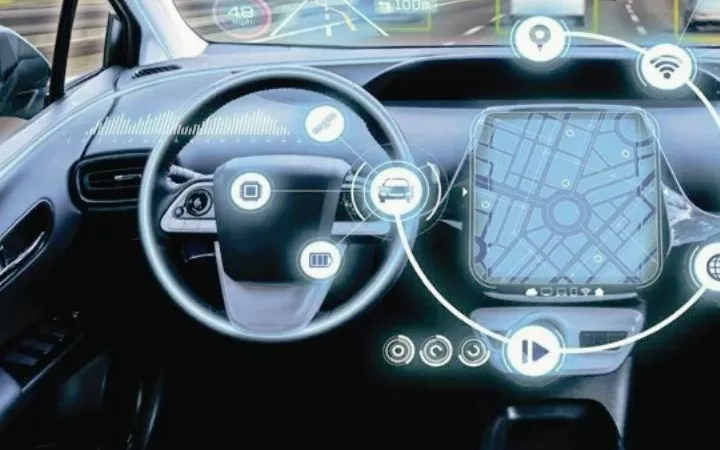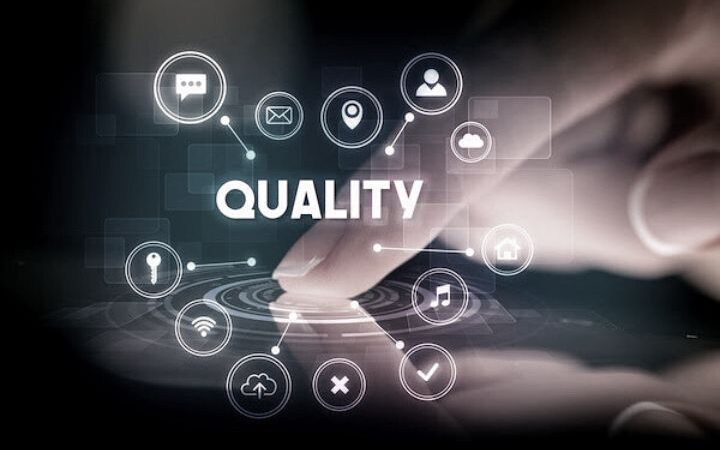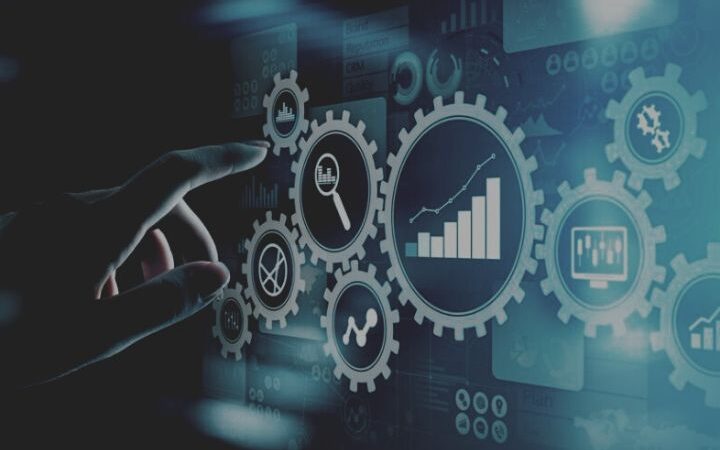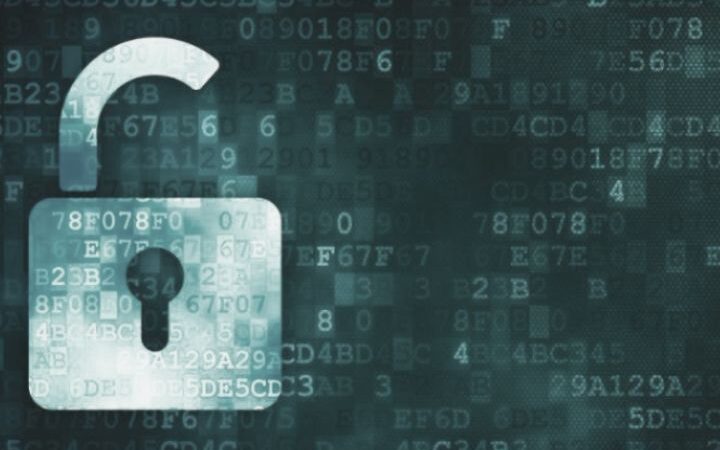The Internet of Things(IoT): Definition, Development And Application
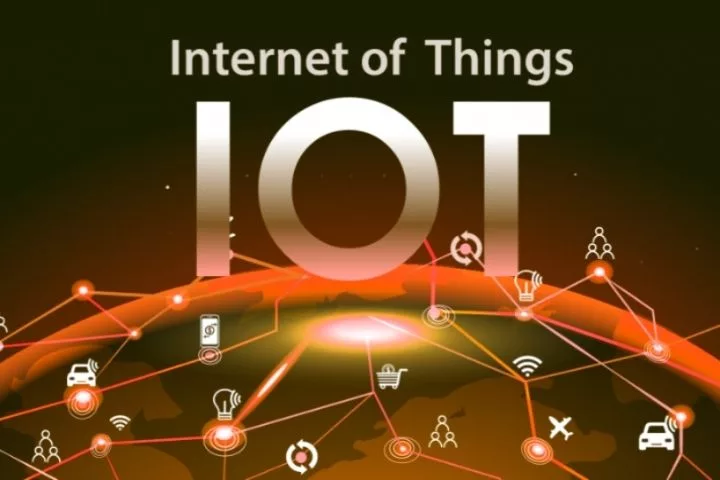
The Internet of Things(IoT) is a collective term for technologies that connect physical objects with the virtual world. Many industries are already using the positive effects that result from networked devices and machines.
We give the first insight into the Internet of Things (IoT), explain the term’s origin, and show which areas of intelligent IoT solutions exist.
There is no general definition of the Internet of Things. The descriptions of the Internet of Things can differ depending on the area of application and the technology used.
The Internet of Things connects everyday objects or machines in an industrial environment via the Internet. Devices are given a unique identity (address) in the network and are equipped with electronic intelligence.
This enables them to communicate over the Internet and perform tasks fully automatically. Intelligent devices are often referred to as smart devices.
Differentiation between private and industrial applications
In the private, objects of everyday use are mainly networked with one another for more comfortable and intelligent service. For example, intelligent building automation systems can be installed or devices that contact the user via the Internet when certain events occur.
The industrial sector is mainly about connecting machines and systems with one another so that entire industrial processes can be automated. This makes production processes more efficient and cheaper.
The Internet of Things is an elementary component of the so-called Industry 4.0. With the IoT and Industry 4.0, the self-organization of industrial processes through the direct communication of machines, systems, goods and people is possible.
It is no longer just individual production steps but entire value chains that can be automated and more efficiently designed.
The technical basics of the Internet of Things
The Internet and microprocessor technology form the technical basis of the Internet of Things. Thanks to increasingly cheaper, smaller and more powerful microprocessors, objects can be equipped with electronic intelligence with relatively little effort.
You also receive a wired or wireless interface for connection to the Internet and a unique Internet address. They use this to send or receive their data and commands.
Wireless communication technologies such as WLAN, Bluetooth or cellular standards such as UMTS and LTE are used.
RFID (Radio Frequency Identification) technology plays a vital role in the unambiguous identification of goods and goods and their tracking in logistical processes.
The RFID systems consist of transponders and networked readers. The transponder is a radio tag that is attached to the object. This is recognized and read out wirelessly with the reader.
The networked reader sends the recorded data via the web to other communication partners for further processing.
Security aspects in the Internet of Things
Because the devices are networked on the Internet, they are generally exposed to the risk of external attack or unauthorized use. The abuse scenarios range from unauthorized reading and spying on personal data to carrying out undesired actions to sabotage and destroy entire industrial plants.
To minimize the risks in the Internet of Things, the communication between the devices must be secured so that procedures and processes cannot be disturbed or manipulated and the recorded data is protected.
The participating components must be protected against attacks such as denial-of-service attacks or malware. For this, the architecture of the Internet of Things and its members must take the following security aspects into account:
- Effective and reliable identity and access management,
- Encryption of all data transmitted over the public Internet,
- Protection of the individual systems by firewalls or firewall-like functions,
- effective hardening of the methods to minimize the possibility of attack as well
- The strategies used software and patch management over the entire operating period to remedy detected errors and security deficiencies.
Why should devices be networked and exchange data?
Just because something can be connected to the Internet doesn’t mean it should be. Each device should only collect and exchange data for a specific valuable purpose for users and can positively affect device usage.
In industrial applications, sensors on product lines can increase efficiency and reduce failures ( predictive maintenance ). A study estimates that 35 per cent of industrial companies in the US are already using data from intelligent sensors in their systems.
The Internet of Things allows us to work more efficiently while saving time, money and often emissions.
It enables companies, governments and agencies to rethink the way they provide services and produce goods.
- The quality and volume of data collected through the Internet of Things provide the opportunity for much more contextual and responsive interaction with devices to create a high potential for change.
Where is the IoT headed next?
Even those who have bought and used one of the myriads of innovative home products – from light bulbs to switches to motion sensors – will be able to testify that the IoT is still in its infancy.
The products do not continuously interconnect easily, and significant security issues need to be addressed.
According to a report from Samsung, the need to secure every connected device by 2020 is “critical”. The company’s Open Economy document states: “There is a clear risk that technology is ahead of development.” Samsung says that more than 7.3 billion devices will need to be secured by their manufacturers by 2020.
“We look to a future where companies will indulge in digital Darwinism by using IoT, AI and machine learning to evolve quickly in ways we have never seen before.”
Said Brian Solis of Altimeter Group, who was involved in the investigation.
IoT botnets created a network of obsolete, unsecured devices that attacked and disconnected large websites and services in 2016. A Chinese company later recalled 4.3 million unsecured networked cameras.
How easy it is to bring the Internet to a standstill with the help of IoT devices was revealed when it was discovered that the botnet was created not for malicious purposes but for playing Minecraft.
Monitoring through networked devices
There is also the question of surveillance. If each device is networked, there is a possibility of direct observation of the users by the manufacturers of the devices.
If a connected refrigerator tracks the use and consumption of food and knows what’s missing, it could send you suitable offers from delivery services in your area on your smartphone.
If a smartwatch can tell when you’re having sex, what’s stopping people with this data from using it against the person wearing the watch?
In the future, intelligence agencies could use the Internet of Things for identification, surveillance, observation, location determination and targeted recruitment or gain access to networks or user data.
Wikileaks once claimed that the CIA had developed security holes for a networked Samsung television.
Advantages and disadvantages of IoT at a glance
The Internet of Things shows what potential lies in the digitization of society and how significant digital transformation is for companies. The following list shows the benefits of IoT for people and industry.
- Everyday comfort
- user-friendliness
- Reduction of energy costs
- environmental protection
- Health promotion
- Support in emergencies
- Increasing traffic safety
- extension of infrastructure
- Monitoring of machines and components
- Competitive advantages for companies through process optimization
However, the numerous advantages are also offset by a risk that regularly causes discussions among politicians, IT specialists, ethicists and big data analysts. Increasingly networking smart devices puts privacy at risk. IT technologies work on an extensive database.
Devices collect and process sensitive information. This increases the risk of unauthorized access and misuse of the data. More smart technology and connected interfaces offer more attack surfaces for hackers.
In addition, it is not always clear where recorded data ends up. On the one hand, it can be helpful, for example, to convey the current location to friends, acquaintances or business partners outside the home.
On the other hand, this information could also interest a burglar who is currently looking for the next price.
In addition to the risks associated with data protection and data security, collecting data creates another disadvantage. Although the Internet of Things principles helps reduce energy consumption, the opposite happens now and then.
The exploding data transmission requires a lot of electricity. According to electricity suppliers such as E.ON, the Internet consumes around 200 terawatt-hours per year worldwide. This, in turn, quickly supplies all households in at least three large countries.
Nevertheless, companies and scientists are working on solutions that reduce the energy required for the Internet of Things. Alternative fuels should make the management of the increasing amounts of data more efficient.
The next few decades will show whether intelligent cities and the Internet of Things will support the desired goals in the future.

